I and the boys have been making sourdough bread for a few weeks now. We have been perfecting the recipe to make it the way our family likes it; rustic and crunchy outside and soft and tender inside.
It took me a while to decide to make my own sourdough bread because I thought it would be hard to make it. But it is actually not that difficult and it is very fun and pleasant to make. It also teaches my kids to be diligent, patient, and perseverant, and that hard work can be fun when we put our minds to it.
I have been and keep studying the benefits of sourdough bread. Before I started making my own sourdough bread I heard from friends and other people online that this type of bread was the only one that didn’t have any bad side effects on their guts. They would have a hard time digesting some bread, and they would feel terrible after eating it. But after eating sourdough bread they would feel fine.
Then I remembered that the way sourdough bread is made is the way it has been made for centuries. And this is the way French bakeries make most of their bread, and growing up in France I didn’t feel bad after eating bread.
So why Sourdough is healthier than other bread and it is gentle on the guts?
Sourdough bread is made from just two ingredients: flour and water. This means that there are no added preservatives, additives or chemicals that can disrupt a healthy gut microbiome. The starter used in the making of sourdough bread also contains beneficial lactobacilli bacteria which helps to break down the carbohydrates and proteins present in the flour, making it easier to digest. The lactic acid produced by the lactobacilli also helps to pre-digest the gluten in the bread, making it more suitable for those with a sensitivity to gluten. Furthermore, sourdough is also low on the glycemic index scale which can help regulate blood sugar levels and prevent spikes in insulin. Its high content of fiber also helps to improve digestion, prevent constipation and keep us feeling fuller for longer. All in all, sourdough is a much healthier choice than other types of bread due to its natural ingredients and beneficial bacteria. It is gentle on the guts and can help improve overall gut health.
Is there gluten in sourdough bread?
Yes, sourdough does contain gluten as it is made using flour. However, due to the fermentation process that occurs during the making of sourdough bread, the gluten molecules are broken down which makes it easier for those with a sensitivity to digest. The lactobacilli bacteria also helps to pre-digest the gluten in the bread, making it more suitable for those with a sensitivity to gluten.
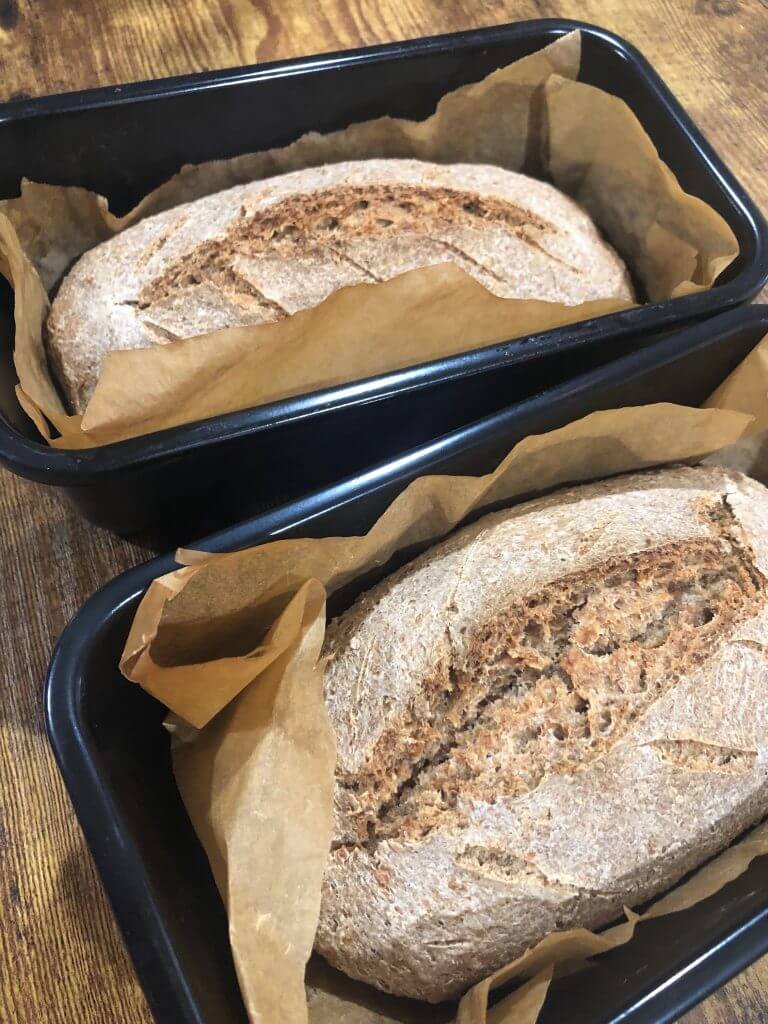 No 2 loaves of sourdough bread are the same
No 2 loaves of sourdough bread are the same
Baking sourdough is a whole universe of variables! Everything from the kind of flour, to the beneficial bacteria in your sourdough starter, to your unique baking routine affects how your bread turns out. Each dough has its own journey, sometimes fermenting for hours, sometimes days. Even the weather can play a role – humidity and temperature can totally change the fermentation process. No two loaves of sourdough bread are the same. The sour taste and texture of the bread depend on the environment in which it was made. This is why many bakers will use their own starter, or ‘mother’, to ensure that their loaves are unique. Sourdough also has a much longer shelf life than other types of bread due to its low pH and lack of additives.
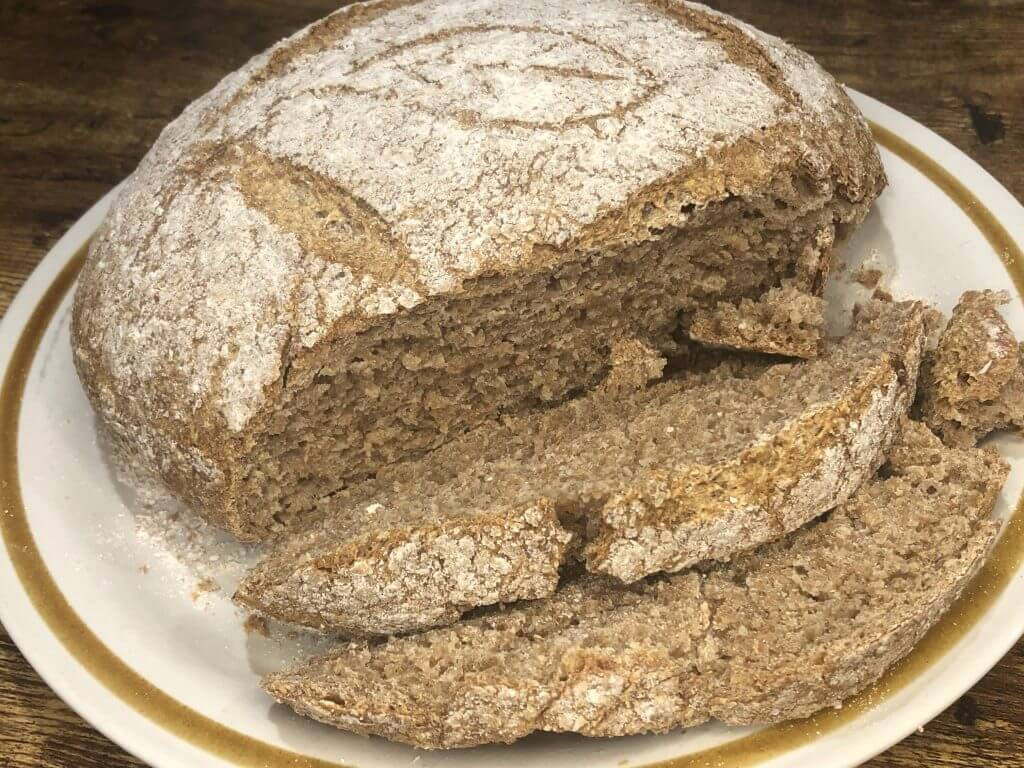 Making your bread extra simple or adding up some ingredients
Making your bread extra simple or adding up some ingredients
Below you will find a simple and easy recipe for sourdough bread. But please note that you can add ingredients to this recipe. For example, adding oil to sourdough bread can improve the texture, flavor, and shelf life of the loaf. The oil helps to soften the crust and creates a more even crumb structure. It also adds flavor, enhances the aroma, and can help extend the shelf life of the bread. Many bakers will use olive oil or vegetable oil as these are healthier and more flavorful alternatives to other oils. The oil should be added at the end of mixing when the dough is still slightly sticky and before it has been put in a bowl or tin. Adding too much oil can make the bread greasy, so it’s important to add just enough so that there are no visible pools of oil on top of the dough.
You can also add lecithin. It is a fatty substance found in soybeans, sunflowers, and other plants. It helps to improve the texture of sourdough bread by enhancing its crumb structure and making it lighter and fluffier. Lecithin also helps to reduce staling and extend the shelf life of the bread.
You can also add your dough olives, flax seeds walnuts, sunflower seeds, or raisins depending on your taste. And feel free to top your dough with poppy seeds, flax sesame seeds, or simply with flour, not only to give it a beautiful look when it is finished baking but also to keep the inside softer.
And last but not least here is a simple sourdough recipe
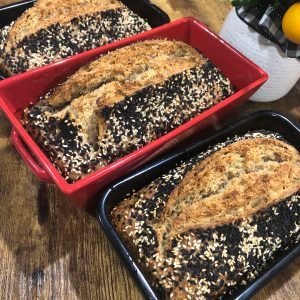
Simple sourdough bread recipe
Ingredients
- 1/2 cup sourdough starter
- 1/2 cup filtered warm water use a little less if you live in a humid climate.
- 5 cups flour I use spelt flour from Azure Standard.
- 2 tbsp sea salt Celtic salt or himalayen salt are best. It is prefered not to use iodized table salt, for health reasons.
Instructions
- Whisk the starter and waterin a large bowl.
- Add the flour and the salt.
- Mix all together roughly until all the flour is absorbed. The dough will be sticky. At this stage you can cover the bowl with a plastic wrap, or a damp kitchen towel and let it rest for 30 minutes.
- Knit to dough. This step optional but it will increase the total volume and height of the bread. To do this stretch the dough, and then fold it over itself. Rotate the dough and repeat this process for about 5-10 minutes.
- Grease a large bolw with oil, place your dough in it. Cover with a little oil and cover with a plastic wrap or damp towel.
- Let the dough rest at room temperanture for 3-6 hours depending on the temperature of your surrounding environment. For exemple if it is a hot summer day, 3 hours will be enough but if it is a cold witer day, give it 6 hours.
- After you dough has rested you can shape your dough or place it in greased bread pans depending on the way you will want it to be baked.
- You can let your dough rise again for a few hours or overnight in the fridge.
- Preheat your oven at 450° F
- Before your bread goes into the oven, make a slash in the middle of the dough.
- Bake your bread for 30 - 50 minutes depending on the size of your bread, or until golden brown.
- Remove from the oven and let it cool down for at least an hour before slicing.
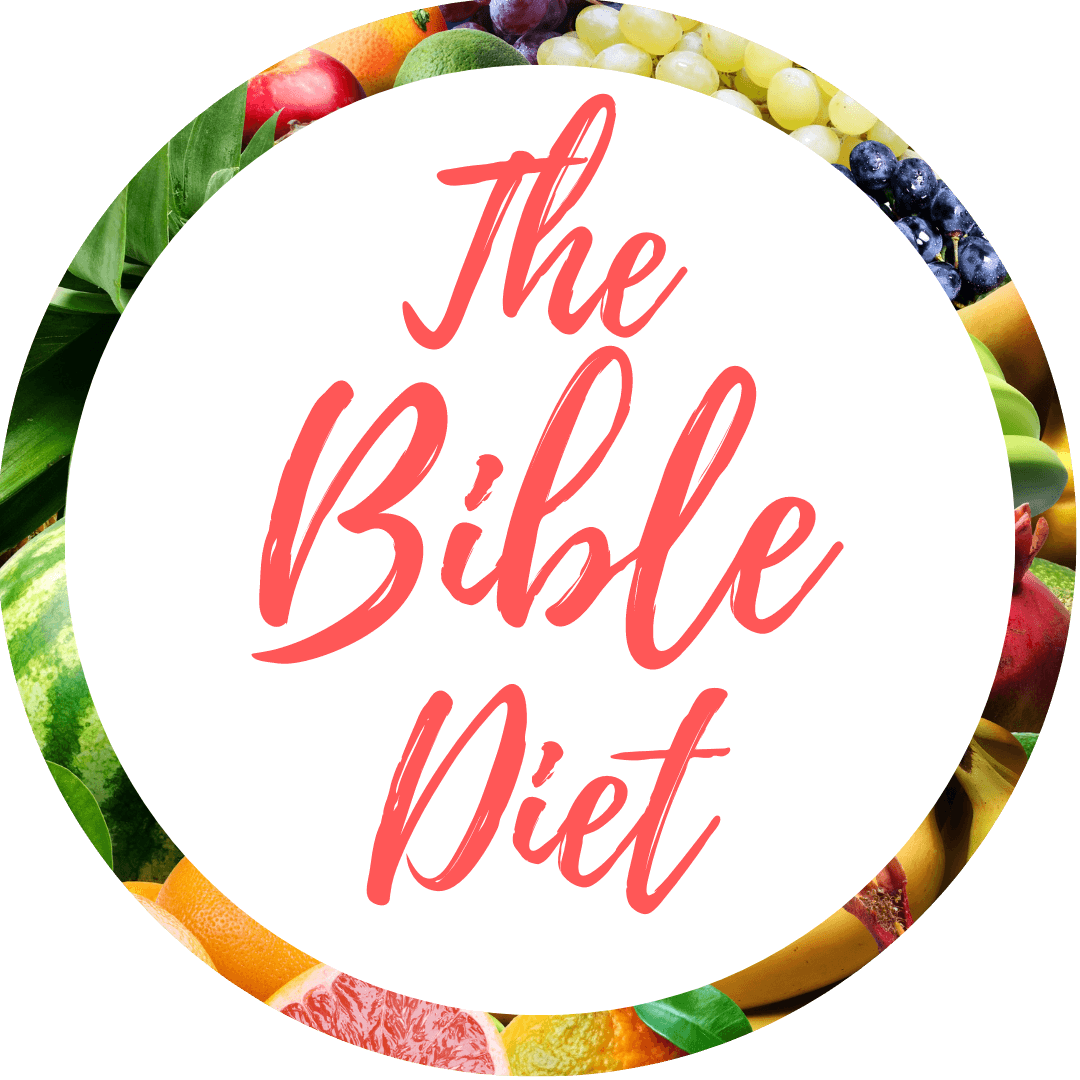
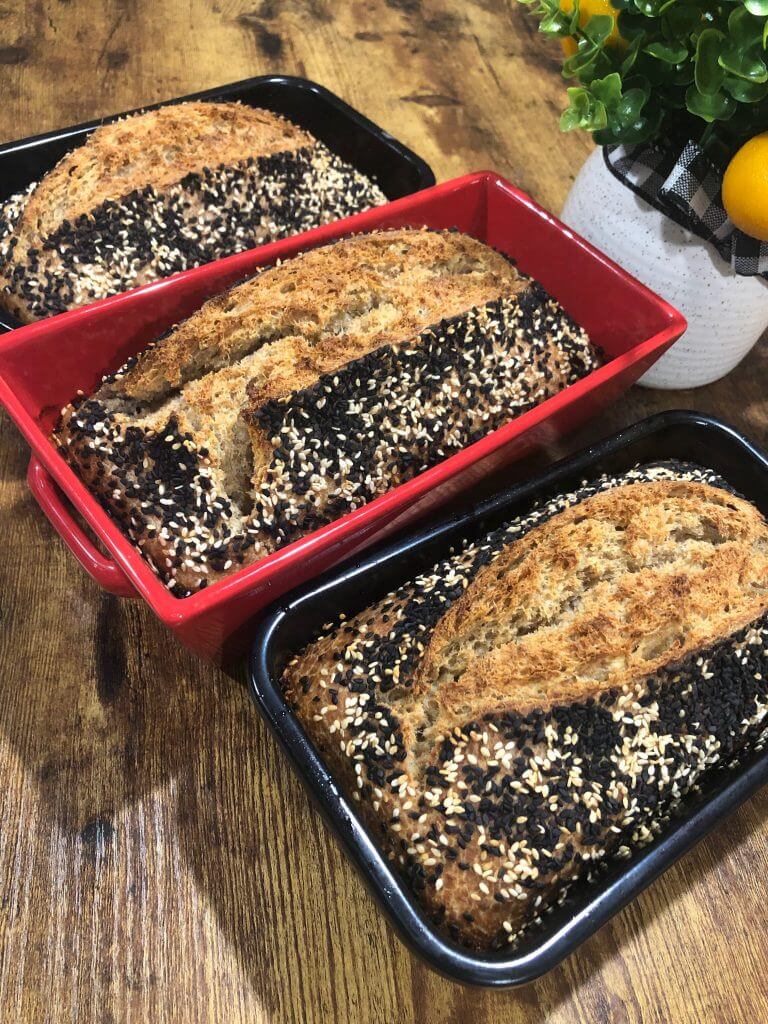



Thanks for this sourdough bread recipe! It tasted delicious!
Thanks for the recipe. The pink Himalyan salt may have heavy metals in it, doctor told my hubby last week, but I have been using kosher salt I’m most of my recipes.
Hi JoAnne, thank you sharing this about the pink Himalayan salt. I have been using it a lot in my sourdough bread recipe and other recipes. I will investigate on this. Thanks again and God be with you.